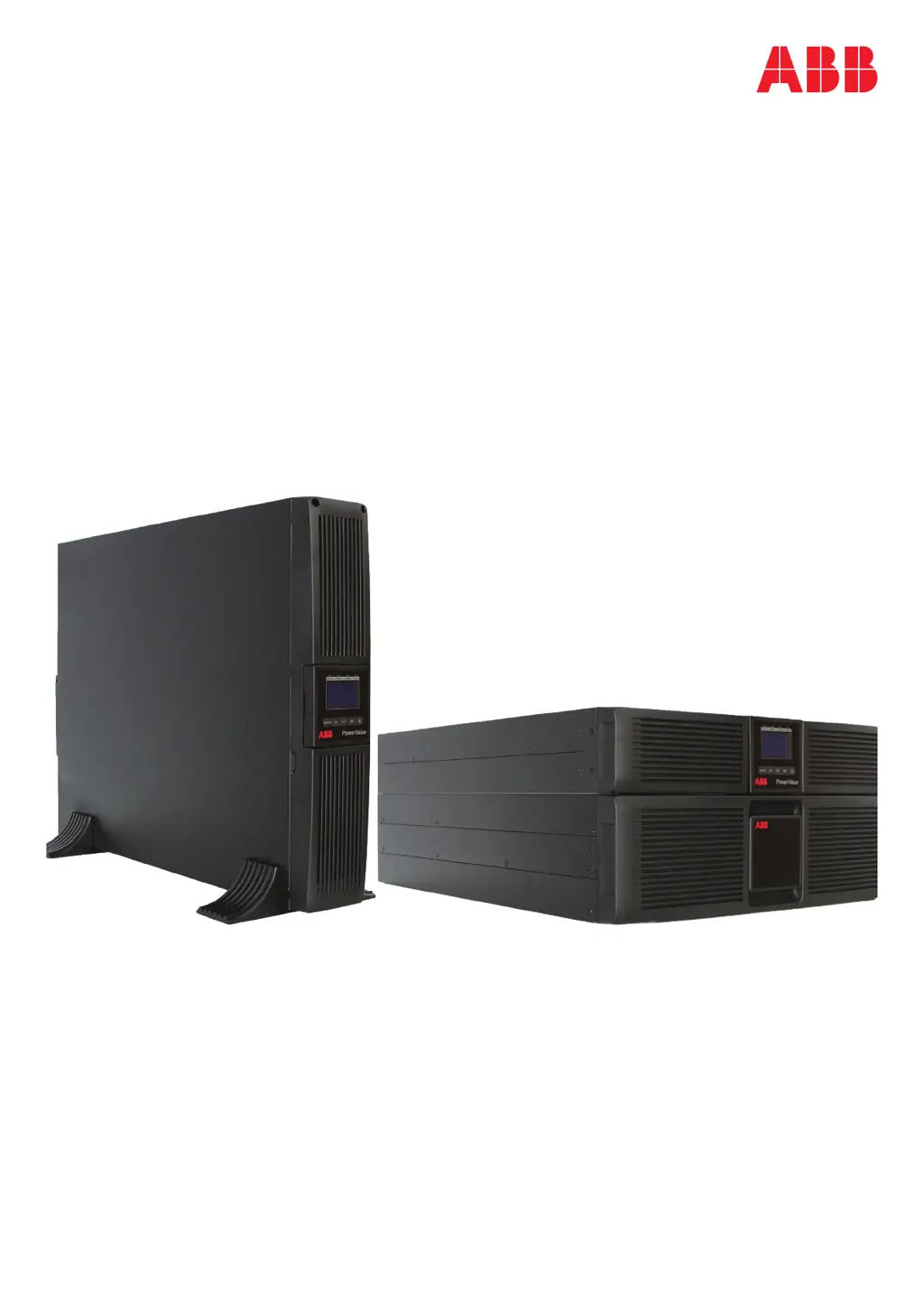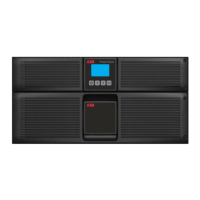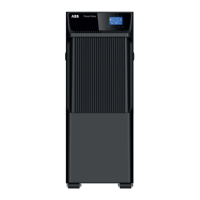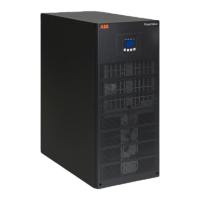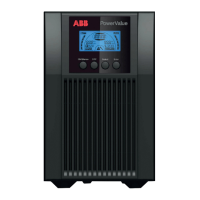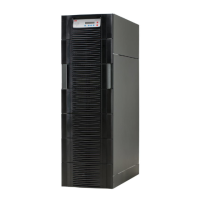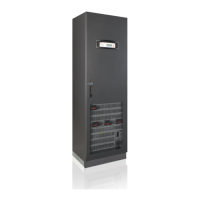What to do if the alarm is sounding every 2 seconds and the fault code 27 is on the LCD display of my ABB PowerValue 11 RT G2 UPS?
- MMelinda SinghJul 25, 2025
If the alarm on your ABB UPS is sounding every 2 seconds and fault code 27 is displayed, this indicates the UPS is overloaded. To resolve this, remove some of the connected devices to reduce the load on the UPS output.

